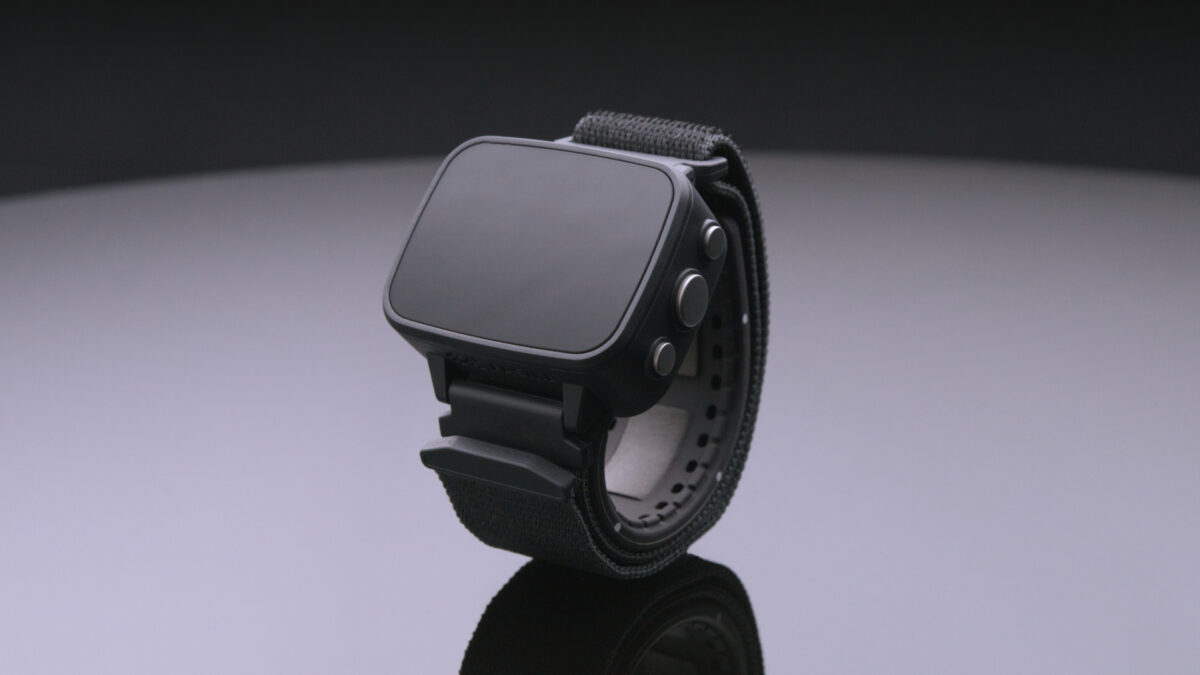Atraumatic needles are better than commonly-used bevelled needles when it comes to reducing the risk of complications following a lumbar puncture procedure, according to medical researchers at McMaster University. Headache, nerve irritation and hearing problems can all be negative complications following a spinal tap.
Further, while these atraumatic needles have been available for 70 years, few physicians have been aware of their benefits, leading to infrequent use. The tip of the atraumatic needle is pointed, much like the tip of a pencil, while the conventional bevelled needle has a slanted edge.
Not only were the atraumatic needles found to reduce the risk of complications after a spinal tap, but the researchers report that the needle type works just as well as the bevelled variety. The research team published their findings in the journal, The Lancet.
“There is a more than 50 percent reduction in the occurrence of headaches with the atraumatic needles, and also more than a 50 percent reduction in patient readmissions and return to emergency rooms for narcotics or blood patches,” said senior study author Dr. Saleh Almenawer, a neurosurgeon at Hamilton Health Sciences. According to Almenawer, the implications of their findings could have a substantial effect on these procedures in the clinic.
Lumbar punctures are commonly performed to both diagnose and treat disease, but for 35 percent of patients, post-dural puncture headaches can cause significant pain and discomfort. According to Almenawer, the atraumatic needles could help prevent this complication by changing the way the tissue is penetrated.
“The two needles differ in how they penetrate the thick membrane, called the dura, surrounding the nerves,” said Almenawer.
A conventional needle cut the surrounding tissue with its sharp edges. In contrast, the pointy tip of the atraumatic needle pushes through the tissue, allowing it to dilate and contract around the needle. This leaves a smaller hole in the dura once the needle is withdrawn, limiting cerebrospinal fluid leakage and reducing the frequency of headaches.
The study analyzed data from 110 clinical trials which involved over 30,000 participants. While atraumatic needles often cost the same as their bevelled counterparts, they are sometimes sold at three times the cost, potentially further limiting their use.
“Several surveys from around the world showed that only a fraction of physicians know atraumatic needles exist, and among those even a smaller portion use the atraumatic type,” said Almenawer. “Lumbar puncture is a standard procedure, with thousands done every day around the globe by physicians of many specialties. Unfortunately, conventional needles created in 1890 are still the default in most hospitals around the world. This study provides convincing high-quality evidence for people to change to the atraumatic needles for a better patient care.”











Join or login to leave a comment
JOIN LOGIN